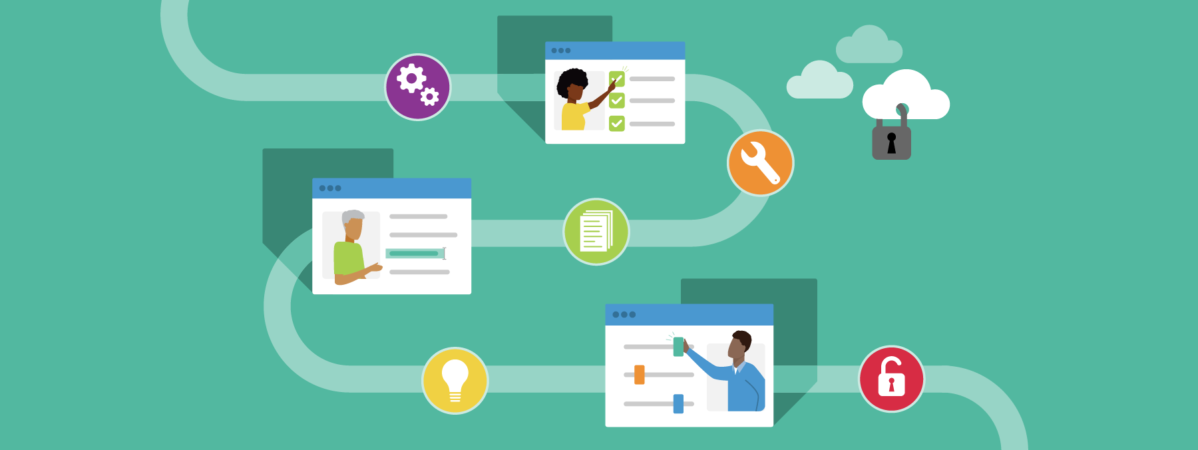
April 25, 2022 | By Sarah Cacicio
LERs require careful, deliberate design to ensure that workers benefit from their adoption and use. If designed without the inclusion of individuals who are most marginalized in the workforce, they could reproduce existing inequities in the talent pipeline.
Our new report, Inclusive Design Principles for Learning and Employment Records: Co-Designing for Equity, details our collaboration with workers in frontline sectors along with leaders in higher education, design, and technology, to explore how LERs could be developed to promote greater equity in the skills-based future of learning and work.
Drawing on our Inclusive Innovation model, we engaged nearly 30 frontline workers in a series of comprehensive design sessions to understand their perceptions of emerging LER technology and identify potential gaps in the design for developers. We prioritized the inclusion of Black and Latina women, ages 18-45 years, working in frontline industries such as retail, hospitality, and food services, who are often overrepresented in low-wage jobs.
Workers involved in the project expressed interest in the idea of LERs as a way to keep track of their information, communicate their skills more effectively, and connect to opportunities to grow their career. They also raised critical concerns for developers and other key stakeholders to consider, such as privacy, accessibility, inexperience with technology, and discrimination in the workplace.
“It’s essential to include the communities you build for during the design and development phases of any product. This ensures that their perspectives and concerns influence not only the development of a product, but also the objectives it strives to achieve—to ensure the technology is truly built for their benefit. In order for LERs to effectively empower a diverse set of working people, we needed to develop with working people, hear their challenges, understand their goals, and incorporate their feedback in many stages of the project.”
– Nidhi Hebbar, co-founder, The EdTech Equity Project
To better understand the perspectives of broader populations, we also conducted a general survey to a wider audience, including more than 300 workers, educators, employers, and other stakeholders in the LER ecosystem.
The result of this research is a set of inclusive design principles and user profiles for LERs. These tools will serve to inform and motivate developers to a) consider educational and career trajectories that may substantially differ from the learners and earners for whom they are typically designing, and b) address potential gaps in their design related to equity, access, and inclusion.
1. Individuals can share evidence of their skills and competencies, in addition to work history.

2. Demonstrate learning progress over time, not just one point in time, such as degree completion.
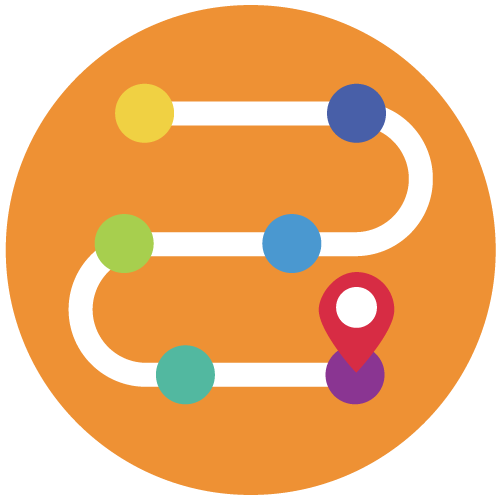
3. Individuals can control how their information is presented and shared.
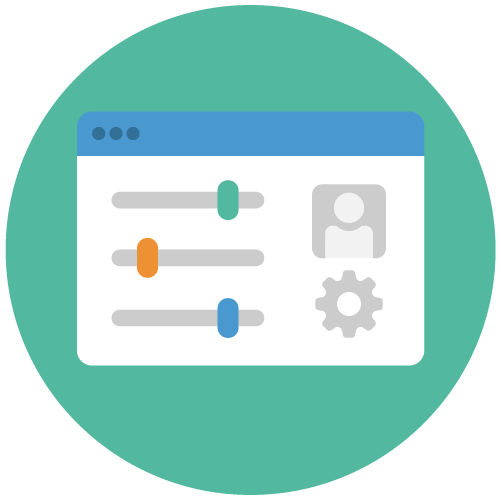
4. Address safety and privacy concerns, especially for historically and systematically marginalized individuals.
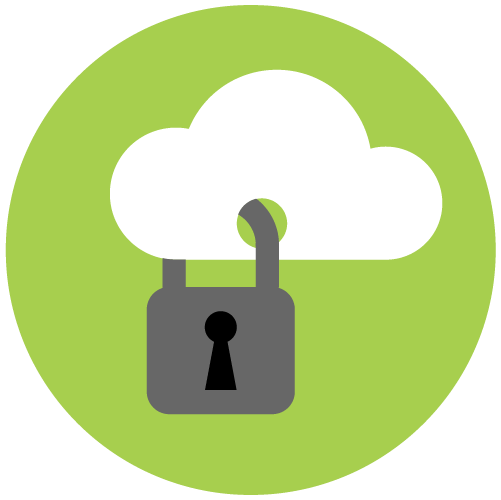
5. Prioritize lifelong access and ease of use.
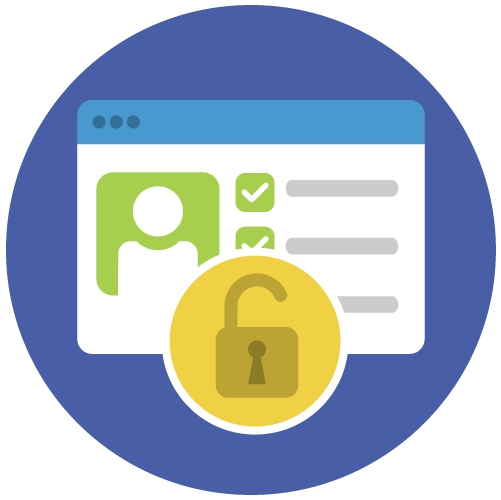
As part of this work, we interviewed several workers about the impact of traditional hiring practices on their social mobility and their hope for using LERs in a skills-based workforce system. To learn more and listen to their stories, we invite you to watch the brief video, Toward Inclusive Design: Informing the Development of Learning and Employment Records.
By Jeremy Roschelle, John Whitmer and Peter Bull
By Adrianna S. and Kyrie F.